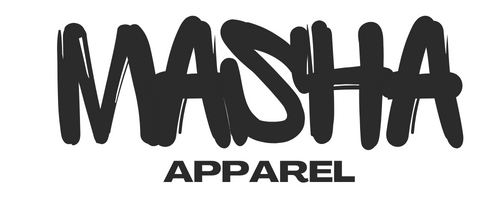Tie and dye has been around for centuries, it is an ancient art practised throughout the world specifically in Africa and Asia. Psychedelic tie dye on the other hand is relatively new and this is its origin story.
Tie and dye arrived to North America in the early 20th century with a feature in a magazine devoted to the art and craft movement. It was billed as a budget friendly and easy way transform your furnishings and apparel. Homemakers were comfortable using dye, and tying the fabric was a new twist. RIT dye was an early champion of this craft movement. It was simple to use, had no smelly chemicals and produced vibrant designs. Throughout the 1920’s and 30’s the colorful style continued to exist as craft.
In the 1960’s an inventive marketing tactic would change all that. RIT dye was losing popularity, and they commissioned hundreds of shirts to be tie dyed and sold at Woodstock. These shirts sold out, and the flower child aesthetic of the festival was born. Janis Joplin (featured above) and John Sebastian both adopted the tie dye look and donned the bright and funky design on stage in 1969.
Notable dyers of the era were artist Bert Bliss, company Up Tied run by Will and Eileen Richardson and the famous “Tie Dye Annie”. Ann Thomas (Tie Dye Annie) pioneered the psychedelic look at her Waterbaby Dye Works The Farm. She charged a flat fee for her designs and sold exclusively to friends, most of them being famous rocks stars and celebrities. Thomas dyed using a unique lye and sodium hydrosulfide solution, in which the colours would change in the sun, can you imagine how exciting that would be!
On the flip side tie dye’s popularity was also growing amongst fashion elites. Designers like Halston created beautiful one of a kind garments, and dressed celebrities of all ages. Liza Minnelli famously wore a tie dye kaftan to an opening in 1970. Tie Dye grew to be mainstream in the 70’s before falling out of fashion.
In one of its many revitalizations since the flower child era, it dominated the early covid lockdowns of 2020, when we all needed something to brighten our day and keep our hands busy. What's your favorite tie dye memory?
Sources and further reading:
https://www.sciencehistory.org/distillations/fit-to-be-dyed
https://www.metmuseum.org/art/collection/search/159589
https://www.vox.com/the-goods/2019/8/22/20813844/tie-dye-history
http://www.jerrydewilde.com/new-gallery-1
https://web.archive.org/web/20110130012944/http://www.time.com/time/magazine/article/0,9171,878729-2,00.html

